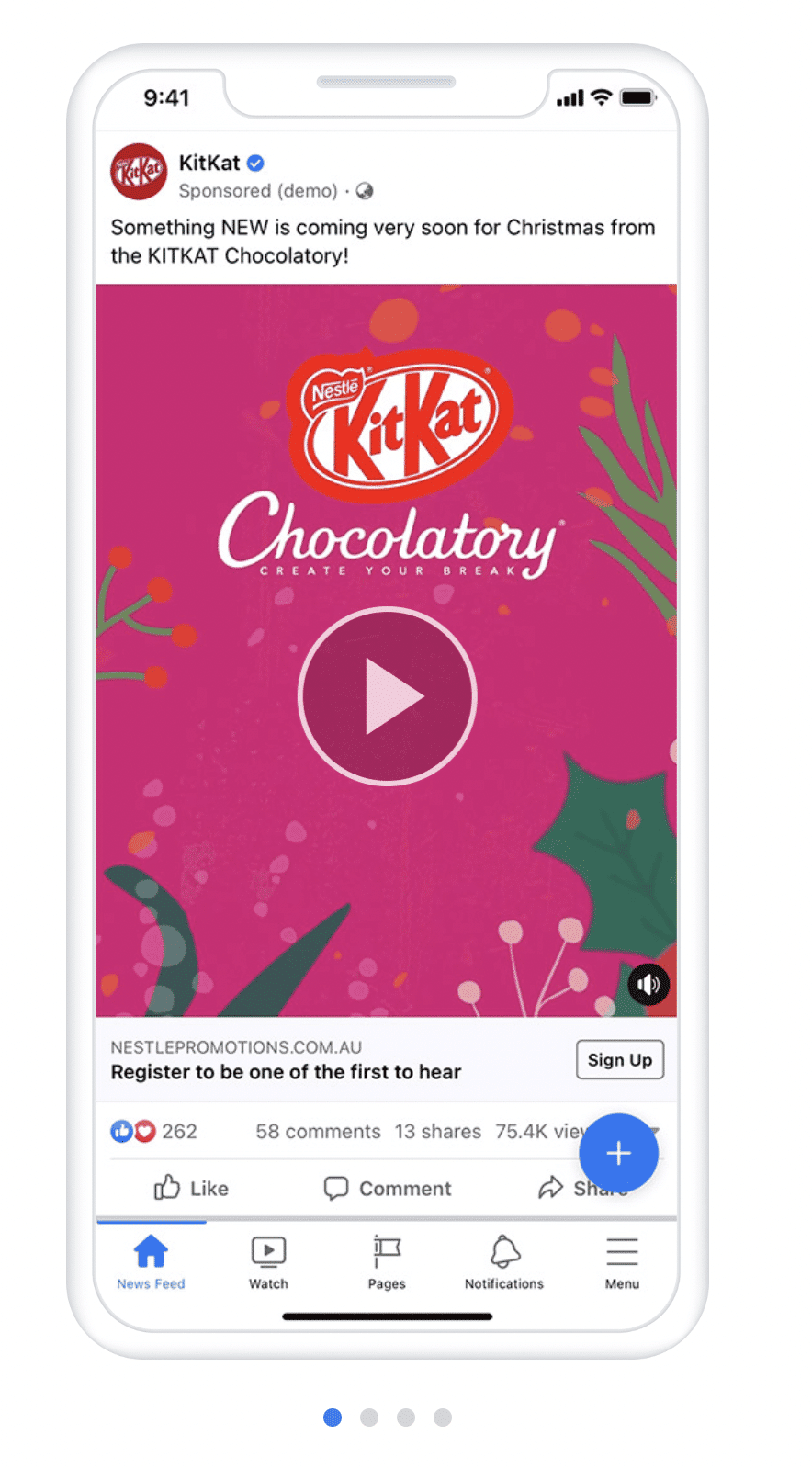Scroll through any Tiktok or Instagram feed lately and chances are you’re going to run into a live-stream of a hustling entrepreneur hawking everything from wigs, to makeup, and even gems. Livestream e-commerce can seem chaotic and confusing at first, but the data is crystal clear: it drives sales.
The data on livestream Ecommerce – Lessons from China
According to Emarketer, livestream e-commerce sales have already reached a $480 billion dollar market in China or about half the entire U.S. retail e-commerce market. Estimates show almost one third of Chinese internet users (a market larger than the U.S. population) using live commerce there.
China’s “lipstick king” Austin Li Jiaqi moved over $1.7 billion dollars worth of products in 2020 over a 12-hour long livestream promoting Alibaba’s “Singles Day,” which took in $115 billion dollars in a single day.
What about live commerce in America?
Although off to a slower start in the U.S., livestream will become increasingly more popular as brands like Walmart work with Tiktok to overcome some of the trust and walled garden issues that plague western markets. Even Twitter is starting to consider some Chinese super app best practices. Once they do, live stream e-commerce will continue to explode, as the benefits are obvious:
So how might your e-commerce brand better embrace these trends?
Let's figure it out.
1. Be Authentic in your Marketing
The seemingly chaotic and “uncurated” nature of platforms such as Tiktok is precisely what makes Tiktok so appealing to young people: it feels more authentic. If you’re a small brand, don’t try too hard to find unaffordable influencers or outsource expensive video production.
Grab your iPhone and start streaming or telling your brand story. If you’re comfortable, offer the customer insights into your business and who you are. Authenticity is transforming the way brands market themselves.
If you follow anything YouTube, then you’re certainly aware of Youtubers Jeffree Starr and Shane Dawson, who sold over 1,000,000 units of makeup palettes in 30 minutes – all thanks to a series of authentic behind the scenes YouTube videos.
This type of “relatable” and “real” marketing can’t be faked. Billionaire Kylie Jenner learned the hard way when she tried to capitalize on this “authenticity” trend to promote her latest lip kit. (Related: Top 10 Valuable Ecommerce Marketing Tools)
2. Be Engaging and make your Livestreams Fun
Live commerce isn’t new. QVC has been doing this for decades to much past and recent successes. In fact, an average QVC host receives at least 6 months of training. These hosts are trained to create intimate and engaging conversations with the viewers, as though they are your best friend recommending a product.
QVC takes advantage of guest hosts, invites customers to call in with testimonials, and gamifies the shopping experience with countdown clocks and time-sensitive sales. All these dopamine-inducing efforts make the shopping experience more interactive. You can learn from QVC by doing the same. Make use of moderators to interact with customers, take advantage of interactive features offered by the live streaming platforms, and offer your customers a unique and fun shopping experience.
3. Work with Nano- and Micro-influencers & the Friends of Macro-influencers
One way to make the experience fun is to collaborate with influencers. We recommend working with nano- and micro-influencers, who often have higher conversions and engagements than the massive (often more expensive) macro influencers.
Better yet, our advice is to work with nano- and micro-influencers that are the friends of the more massive influencers. Their proximity to the bigger influencers mean there’s a higher chance your brands will gain some wider exposure due to word of mouth and friend networks.
4. Choose the Right Channels
There are a plethora of live stream channels to choose from depending on your brand’s e-commerce needs, from Amazon Live, to Tiktok, Youtube, and Instagram. Some, like Facebook Live, offer direct e-commerce integrations with messenger for processing online orders.
We especially like TikTok Live for their higher user engagement and bolder willingness to adopt interactive features that work well in China.
5. Integrate your E-commerce Channels with Livestream
A great livestream without the proper e-commerce integrations is non-converting at best, and alienating to your brand at worst.
Make sure your shopping platforms are integrated and connected seamlessly with the livestream features. And always optimize your store pages for mobile. Most users use their mobile devices to watch live streams and shop.
Shopify offers direct integration with Tiktok, and other platforms such as Amazon Live, Twitch, Youtube, and Instagram are slowly integrating and rolling out more e-commerce features. Take advantage of them.
Kitkat Case Study
For a great case study, look at Kitkat’s integration of Facebook live into their broader digital marketing. For their Christmas campaign in Australia, Kitkat created livestream events to promote the ability to create personalized Kitkat bars and discover limited-edition flavors at their physical and online locations.
Users who commented on their livestream would receive a message from Facebook messenger, allowing them to place orders directly via chat. Live stream commerce helped Kitkat achieve a 3.3x lift in online sales generated from Kitkat’s online store, a 2.2x lift in purchase intent for their physical locations, and a 23-point lift in brand awareness.

6. Track and Measure your Campaigns
Lastly, don’t forget to track important livestream metrics such as unique visitors (livestream attracts a wide new audience), geographical breakdown, viewer engagement, repeat traffic, live vs. on-demand viewership, and channel as well as device viewership (if streaming from multiple platforms). The data will offer you actionable insights on how to improve your live-streams.
Final Thoughts
Livestream commerce, while slower to spread in America, is certainly here to stay. While TV shopping like QVC has proven to us that it’s nothing new, live streaming is so successful because it taps into basic human psychology: entertainment and the fear of missing out.
Always have fun with your livestream shopping promotion, and create a unique, exciting, and memorable experience for your customers to keep them coming back.
